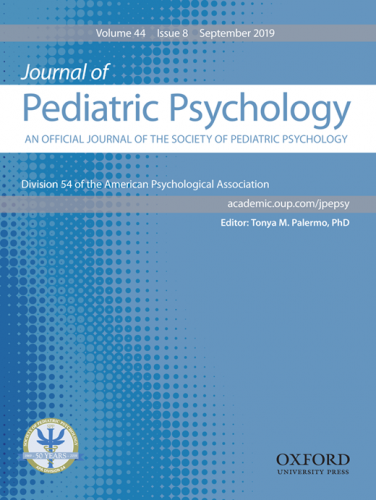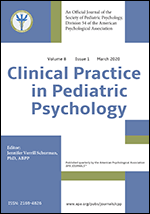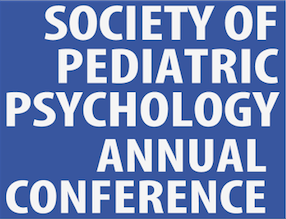Assessment Resource Sheet : Craniofacial Populations
Measures specific to craniofacial populations are primarily represented by assessment tools designed to evaluate perceptions of the severity of their facial differences and the related psychosocial functioning. This list of evidence-based measures was identified by members of the Society of Pediatric Psychology, Craniofacial Special Interest Group. Measures are classified as well-established, approaching well-established, and promising based on criteria published by Cohen et al.1 Age ranges are included in parentheses and central references are included after the table and are cited with superscripts in the table. Most measures can be obtained by contacting the primary author on the respective central reference.
Craniofacial Assessment Resource Sheet
|
Measure |
Well-established |
Approaching |
Promising |
|
Youth Quality of Life-Facial Differences Version Instrument (YQOL-FD; 11-18 years)2 |
X |
||
|
Craniofacial Experiences Questionnaire (CFEQ; 12-20 years, self and parent-report)3 |
X |
||
|
Child Oral Health Impact Profile (COHIP; 5-18)4 |
X |
||
|
Child Oral Health Quality of Life Questionnaire (COHQOL; 11-14)5 |
X |
||
|
Satisfaction with Appearance Scale (SWA; 10-20)6,7,8 |
X |
1. Cohen LL, La Greca AM, Blount RL, Kazak AE, Holmbeck GN, Lemanek KL. (2008). Introduction to special issue: Evidence-based assessment in pediatric psychology. Journal of Pediatric Psychology, 33(9):911-915.
2. Patrick DL, Topolski TD, Edwards TC, Aspinall CL, Kapp-Simon KA, Rumsey NJ, Strauss RP, Thomas CR. (2007), Measuring the quality of life of youth with facial differences. Cleft Palate-Craniofacial Journal, 44(5)538-47.
3. Roberts RM, Shute R. (2011). Living with a craniofacial condition: Development of the Craniofacial Experiences Questionnaire (CFEQ) for adolescents and their parents. The Cleft Palate-Craniofacial Journal, 48(6):727-735.
4. Broder HL, Wilson-Genderson M. Reliability and convergent and discriminant validity of the Child Oral Health Impact Profile (COHIP Child’s version). (2007). Community Dent Oral Epidemiology, 35(suppl 1):20–31.
5. Jokovic A, Locker D, Stephens M, Kenny D, Tompson B, Guyatt G. (2002). Validity and reliability of a questionnaire for measuring child oral-health-related quality of life. J of Dent Res., 81:459-463.
6. Contact Information: Nicola Stock.
7. Emerson M, Spencer-Bowdage S, Bates A. (2004). Relationships between self-esteem, social experiences and satisfaction with appearance: Standardisation and construct validation of two cleft audit measures. The Craniofacial Society of Great Britain and Ireland. Annual Scientific Conference. “Setting a positive agenda in cleft and craniofacial care.”
8. Feragen KB, Borge AIH. (2010). Peer harassment and satisfaction with appearance in children with and without a facial difference. Body Image, 7:97-105.



